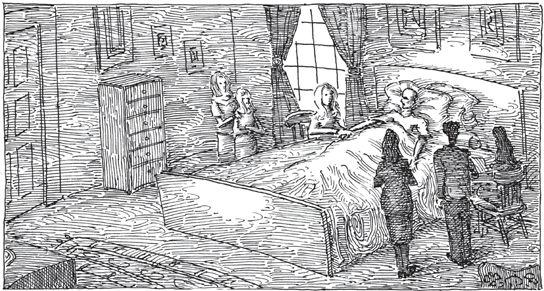Who Was Steve Jobs? (9 page)
Read Who Was Steve Jobs? Online
Authors: Pam Pollack,Meg Belviso

Insanely Great
Apple was back on top and so was Steve. He was still the head of Pixar. He was also helping to raise Reed, Erin, and Eve. Lisa had graduated from Harvard. His wife, Laurene, had founded College Track, a charity that helps kids from poor families get into college.
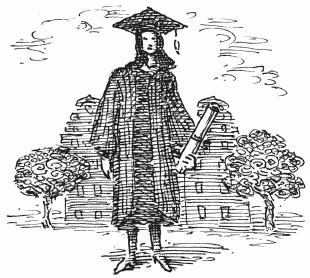
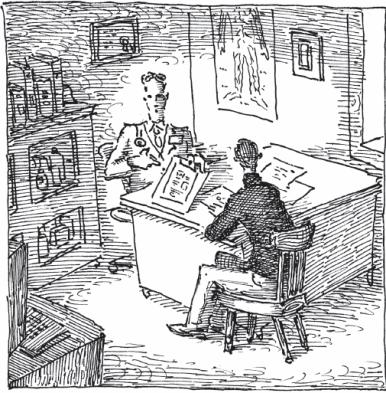
Steve had many plans for the future. Then something happened that he could not control. In 2003, a medical checkup revealed that he had cancer in his pancreas. His doctors as well as
Laurene and many friends advised Steve to have surgery right away. But as always, Steve wanted to “think different.” Steve tried to treat his cancer by changing his diet. But the cancer grew. So in July 2004, he agreed to have surgery to remove the tumor. He told people at Apple he expected to return to work in September.
Steve did return to work. However, he didn’t look well. He was losing weight and was pale. People worried that the cancer was growing again. He didn’t talk much about being sick. But in 2005, he gave a speech to the graduating class at Stanford University. He said that having cancer showed him that “time is limited, so don’t waste it living someone else’s life…. have the courage to follow your heart and intuition.”
These were words that Steve Jobs truly lived by. Perhaps he didn’t have much time left. So once again, Steve began thinking about how to change the way people used technology.
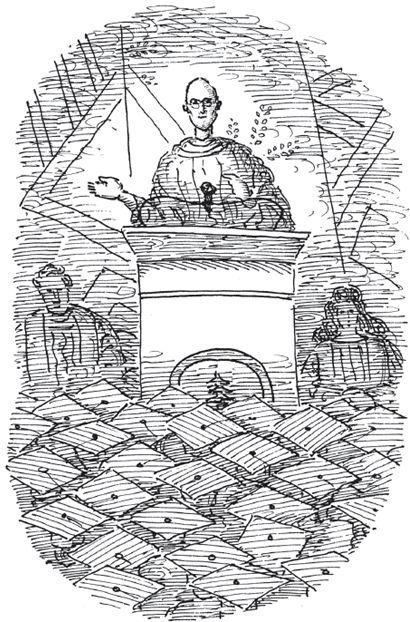
By 2005, cell phones were everywhere. Steve had a cell phone, but he didn’t like it. It didn’t work well or look good. None of his friends seemed to like their cell phones, either. Steve decided to make a phone that people could fall in love with.
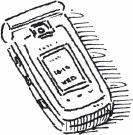
In 2007, at a show for new Apple products, Steve showed the audience the iPhone. The iPhone was much more than a cell phone. It was a powerful personal computer that fit in your pocket.
The iPhone made every other phone look outdated. It had a touch screen instead of buttons. E-mail was on it; the Internet was, too. The iPhone could take photos and film action. Even though early iPhones, like early Macs, had flaws, people couldn’t wait to get their hands on one.
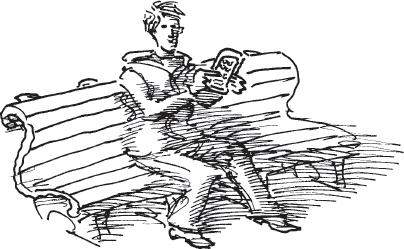
Steve loved running Apple. But at the beginning of 2009, he started taking time off. Steve didn’t admit that his cancer had returned. Even so, everyone at Apple knew that was the reason for his absence. Steve also got in touch with Walter Isaacson, a writer. Isaacson wrote biographies. Steve asked if Isaacson would write
his biography. Steve was usually very private. Yet he was offering a tell-all about his personal life. It seemed like he knew he might not live much longer. In April of that year, he had a liver transplant. Half asleep before his operation, Steve complained that the medical equipment was ugly and poorly designed!
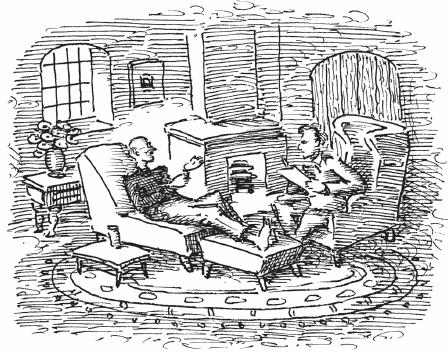
A few months later, he returned to work. Despite his health, he had a new surprise for the public.
In 2010, Steve brought out the iPad, Apple’s new tablet computer. It was smaller, thinner, and lighter than anything before it. Tablet computers had been around for twenty years. But once again, Steve made it new and different. The iPad was a portable computer with no wires. It was much larger than the iPhone so it was easy to read books on it or browse the Web or watch movies or play games. Apple sold three hundred thousand iPads in one day. In 1997, Apple had nearly gone bankrupt. In August 2011, it became the most successful company in the world.
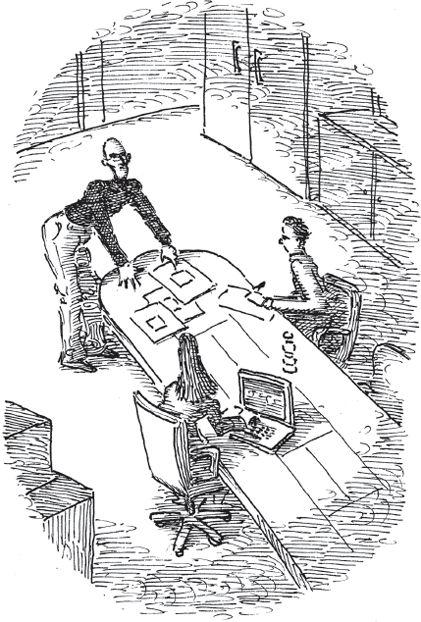
That same month, Steve stepped down as CEO. He was no longer well enough to continue working. He stayed at home with Laurene and their children. Many of Steve’s friends came to spend time with him, including Bill Gates. The two men talked about old times. Steve said he thanked Laurene for keeping him “semi-sane.” Bill said his wife, Melinda, had done the same for him.
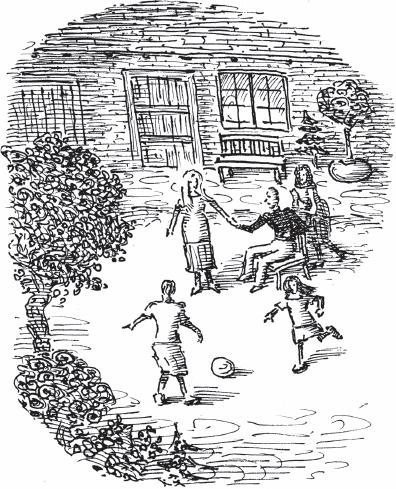
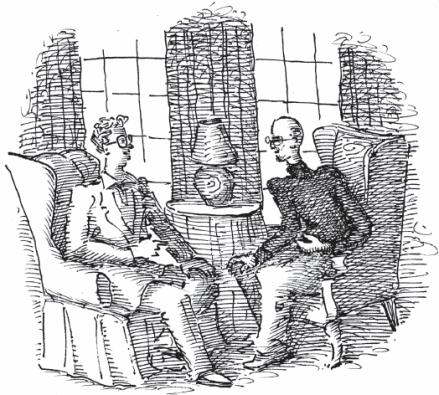
According to Steve’s sister Mona Simpson, a few hours before he died, Steve looked at his sister Patti, then his children, and then Laurene. He said: “Oh wow. Oh wow. Oh wow.” Those were the last words he spoke.
